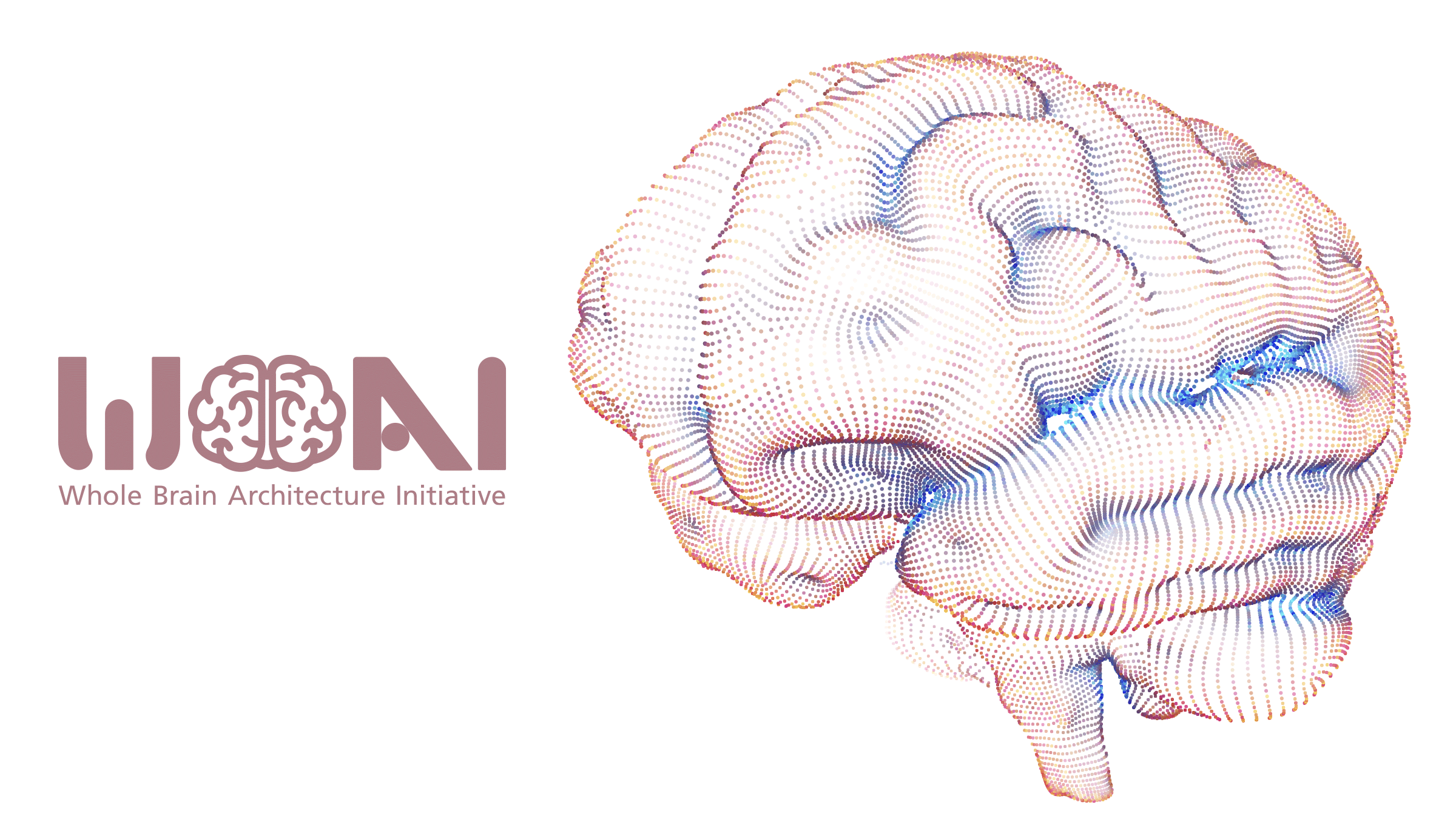In response to the growing interest in intelligent design based on brain architecture, we plan to continue the following educational and R&D businesses in FY2020.
Education business (human resource development)
The objective of the education business is to develop and increase the number of interdisciplinary personnel with different expertise in AI/ML, neuroscience, and cognitive science necessary for R&D in the WBA approach over the long-term. We continue our regular activities by holding seminars and an annual symposium to raise public interest.
We aim to increase the number of researchers, engineers, and students, who are interested in WBA by holding a hackathon (probably an international online competition). We will publicize the progress of the WBA approach by participating and cooperating in academic events, as well as cooperating and exchanging information with academic organizations. We also work with external researchers, engineers and groups to develop human resources and to involve them in our activities.
We shall call for applications for the WBAI Incentive Award to praise those who have made significant impacts in brain-inspired AGI development in order to revitalize the community.
R&D business
The objective of the R&D business is to accelerate democratic AGI research by promoting external research in the WBA approach. We revitalize research by, e.g., implementing machine learning models with open platforms, without competing with existing research institutes.
In FY 2020, we will accumulate neuroscientific knowledge for developing brain-inspired AI, with the BIF (brain information flow) format developed in FY 2019 to describe the Whole Brain Reference Architecture (WBRA). We will first use it to facilitate the implementation of brain-inspired AI for specific tasks. We will develop techniques with WBRA to evaluate neuroscientific plausibility of such implementation. We also continue to develop integrated software platforms for building WBA.
In addition, we continue our efforts to make brain-inspired AGI we are promoting to develop more beneficial.
While most of the R&D activities mentioned above will be funded by outside research organizations, we continue to spend part of the funds directly on research in FY 2020.
Background of the Policy
Our goal is to promote the development of AGI, and from FY 2016, we have a vision “to create a world in which AI exists in harmony with humanity.” This is because we believe that AGI is a powerful technology with the potential to exert a great deal of control over humanity, and as the technology nears completion, public opinions will grow against its monopoly/oligopoly to democratize the technology.
However, there are two major challenges to the above objective and vision. The first is that the democratization of technology is not simply a matter of making it public. This is because powerful AGI can have major consequences if it is misused or abused. For example, AGI could be used to destroy social infrastructure or to design biological weapons. The second challenge is related to obtaining development resources. The form of our organization, i.e., non-profit, is well-suited to pursuing social good, but not to gaining the significant investment that will drive the development of AGI. In fact, OpenAI, a non-profit organization like us, chose to acquire a $1 billion investment from Microsoft through the formation of OpenAI LP as a separate organization in 2019.
In order to harmonize AGI yet to come into being with humanity, it will be important to maintain the organizational multipolarity of its developers, and we believe that we could contribute to the future of humanity by continuing to build a technical situation comparable to the top development organizations of AGI while addressing the two challenges. For the first challenge of AI safety, as dangers inherent in brain-inspired AGI have not been fully addressed, we would like to promote the development of safety technologies around it. For the second challenge of obtaining R&D funding, we would like to create a revenue stream from products obtained through brain-inspired AGI development. However, the completion of AGI is not expected to occur until after the 2030s at the earliest. Even if the WBA approach is a promising path for AGI development as we have envisioned, we need to wait for further progress in neuroscientific knowledge with which brain-inspired AGI will be completed. Given these projections, we expect that it will be more than five years before we can have a reasonable idea of when brain-inspired AGI will be ready and envision commercially valuable services and products.
In light of this situation, we will focus on building infrastructure for the development of AGI, including the incorporation and organization of architectural knowledge accumulated in neuroscience. Steadily continuing to build such foundations will eventually facilitate the completion of brain-inspired AGI. At the same time, we would like to promote the development of safety technologies for brain-inspired AGI. Continuing the infrastructure-building activities over the long term will greatly increase the possibility of conducting R&D safely and efficiently, once we have a clear prospect of completing brain-inspired AGI. We will continue our efforts with this outlook in mind.



 Japanese
Japanese